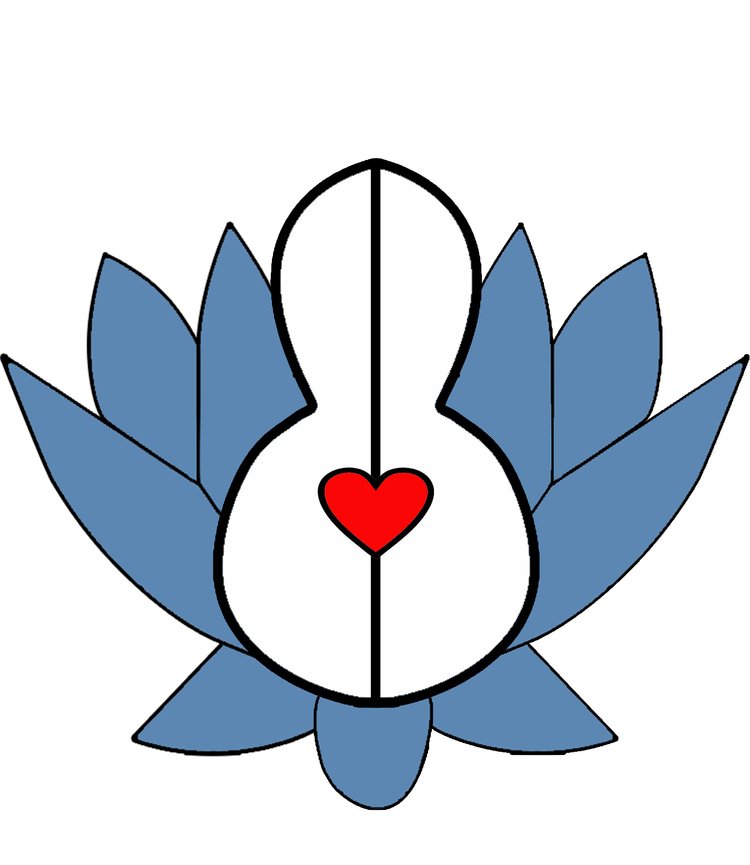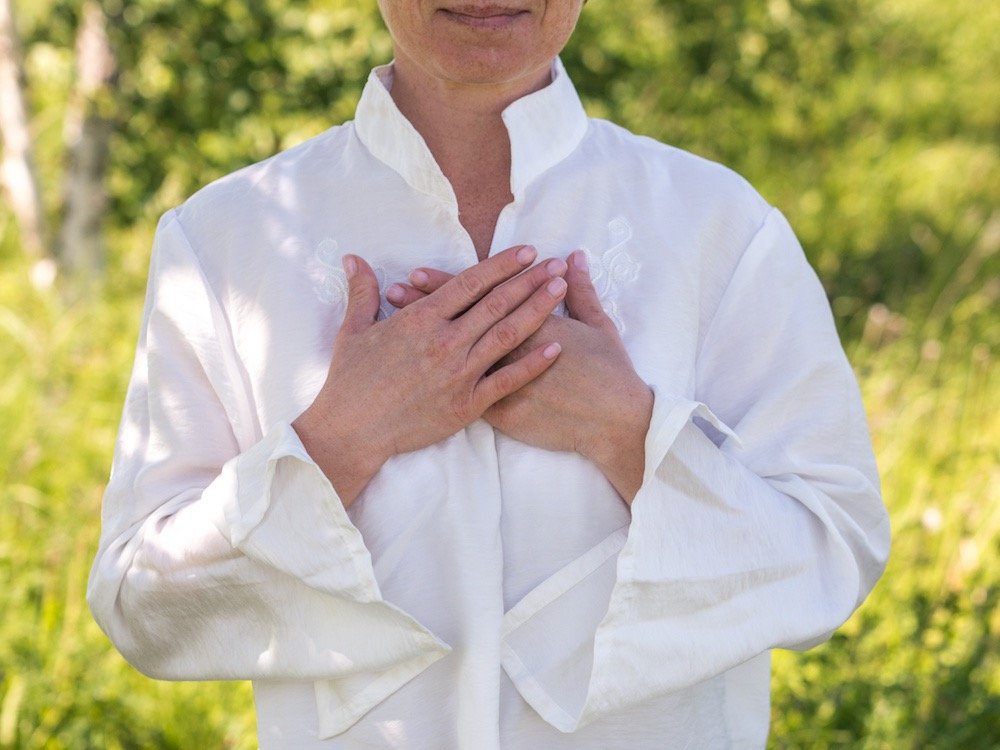Cultivating the Conditions for Rest: Some Best Practices for the Rest and Restore Protocol™ (RRP)
In a culture that often glorifies productivity and speed, the act of resting—truly resting—is radical. The Rest and Restore Protocol™ (RRP) invites us to drop into deep physiological stillness, a place where healing becomes possible. But it’s important to understand: the RRP is not a magic pill, a shortcut, or a stand-alone modality. It works best when approached with intention, support, and structure.
I’ve been hosting RRP for Somatic Professionals™ experiential groups for a few months. Based on my observations and participant experiences, here are some ideas for using the RRP to its fullest potential:
1. Be Actively Engaged in Another Type of Therapy
One of the most consistent patterns we've noticed is that the RRP works best in tandem with other body-based therapies. This isn’t just about credentials or past training. Even if you’re an SEP™, a licensed psychotherapist, or a former Safe and Sound Protocol™ (SSP) user, that alone doesn’t appear to provide the full scaffolding needed. What does seem to help is being actively involved in a somatic or movement-based healing practice.
Participants have shared that while using RRP, they are also:
Attending somatic therapy sessions (e.g., NARM, SE, ISP, etc.) 1–2 times per month
Engaging in daily or frequent meditation practices
Practicing yoga several times a week
Committing to regular physical exercise
These modalities may provide a container—an additional set of "guardrails"—that allow the body to safely explore and respond to the RRP’s cues of safety and restoration.
2. Stay With One Track Until Your Body Is Ready to Move On
The RRP is not a race. If your goal is simply to "get through the whole protocol," you may be missing the deeper opportunity for transformation. Instead, stay with one Track until your body begins to feel safe with it.
Participants have shared several signs that their system is beginning to integrate a Track:
The music becomes more background noise, no longer demanding active attention
There’s a sense of being gently held or accompanied, as though supported by a caring presence
The music may modulate, but the body, trusting that it will resolve, softens into the experience
Repetition is key. Trust your body’s pacing.
3. Use Somatic Tools While Listening
The RRP can amplify subtle physiological sensations, so having a foundation in basic somatic skills is critical. Tools like the polyvagal ladder, titration, and pendulation can help you stay grounded and attuned.
Here are a few guidelines that seem helpful:
Begin in safety. Never start a session if you're agitated or dysregulated. Instead, listen after a calming activity like movement, breathwork, or therapy.
Pause the music. If activating emotions, images, or bodily sensations arise, try giving them space. The RRP doesn’t require you to push through. It’s about building trust with your own system.
Use low volume to start. You should be able to hear the full range of sound during the initial Test, but start gently. Increase volume gradually as your system adjusts.
Try speakers over headphones at first. Speakers can be less invasive and more regulating in early stages.
Use props for added comfort. Have pillows, blankets, small weighted items, or a warm drink nearby. Anything that supports your body in feeling safe and at ease will help you more fully engage with the music. The more comfortable you are physically, the more your nervous system can relax and absorb the healing effects of the RRP.
Take breaks between sessions. Especially for those with a tendency toward freeze, collapse, or dissociative responses, spacing sessions by a day or two can give the nervous system time to integrate.
4. Release the Goal of Finishing the Whole Protocol
One of the most liberating principles of the RRP is this: You don’t have to “complete” it to benefit from it. Your body might respond most positively to Level One and not need to go further. You might find the Introduction challenging but feel a deep sense of nourishment from Track 2b.
Listen to your body. It will tell you what it needs. Let go of the idea that deeper healing comes from “getting through it all.” In fact, healing often comes from the ability to pause, tune in, and trust your own rhythm.
Final Thoughts
The Rest and Restore Protocol™ (RRP) is a valuable tool, especially when used within the proper context. That context seems to include a supportive therapeutic environment, a consistent embodiment practice, and a willingness to slow down and be present. Deep relaxation and nervous system regulation aren’t something we can force—they’re something we cultivate.
Think of the RRP as a conversation with your body, not a demand. If you can meet it with patience, curiosity, and care, it just might meet you with profound rest and restoration in return.
“At Bodhisattva Bodywork, I offer the Rest and Restore Protocol™ (RRP) along with a variety of stress reduction and trauma resolution therapeutic services in my Madeira, Portugal office, and online via a secure video link. ”




